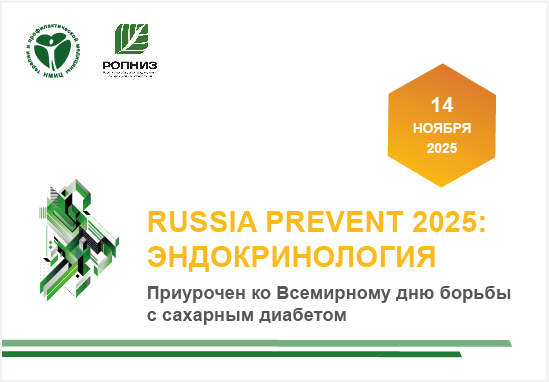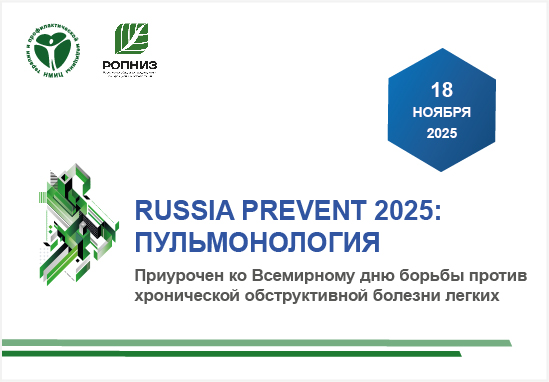High-risk patients: modern treatment strategy
Abstract
This review summarizes modern views on high-risk patients as atherosclerosis-free individuals. The importance of high-risk approach is explained by the fact that this group encompasses the majority of cardiac patients, as well as the majority of cardiovascular events. Therefore, early diagnostics and adequate management of high-risk patients could substantially reduce the incidence of cardiovascular events. The modern treatment strategy for high-risk patients requires pharmaceutical intervention, and has the same principles as the treatment of patients with diagnosed cardiovascular disease. Such components of pharmaceutical treatment as antihypertensive, lipidlowering, and anti-aggregant therapy are discussed in detail.
About the Authors
D. V. NebieridzeRussian Federation
A. Meliya
Georgia
References
1. European guidelines on cardiovascular disease prevention in clinical practice: executive summary: Fourth Joint Task Force of the European Society of Cardiology and Other Societies on Cardiovascular Disease Prevention in Clinical Practice // European Journal of Cardiovascular Prevention & Rehabilitation: September 2007 - Volume 14 - Issue – PP E1-E40.
2. Третий пересмотр рекомендаций ВНОК и РМОАГ по диагностике и лечению артериальной гипертензии. Кардиоваск тер профил 2008; 4 (3) ч.1: 105-20.
3. Sever PS, Dahlöf B, Poulter NR et al. Prevention of coronary and stroke events with atorvastatin in hypertensive patients who have average or lower-than-average cholesterol concentrations, in the Anglo-Scandinavian Cardiac Outcomes Trial—Lipid Lowering Arm (ASCOT-LLA): a multicentre randomised controlled trial. //The Lancet, Volume 361, Issue 9364, Pages 1149 - 1158, 5 April 2003.
4. Brugts J.J, Yetgin T., Hoeks S.E., Gotto A.M., et al. The benefits of statins in people without established cardiovascular disease but with cardiovascular risk factors: meta-analysis of randomised controlled trials. // BMJ 2009;338:b2376.
5. Jaszewsky R. Frequency of gastroduodenal lesions in asymptomatic patients on chronic aspirin or nonsteroidal anti-inflammatory drug therapy. J Clin Gastroenterol 1990; 12: 10-3.
6. Walker J, Robinson J, Stewart J, et al. Does enteric-coated aspirin result in a lower incidence of gastrointestinal complications compared to normal aspirin? Interact Cardiovasc Thorac Surg 2007; 6(4): 519-22.
7. Dietz R, Rauch B. Leitlinie zur Diagnose und Behandlung der chronischen koronaren Herzerkrankung der Deutschen Gesellschaft fr Kardiologie – Herz- und Kreislaufforschung (DGK). Z Kardiol 2003; 92: 501-21.
8. Collaborative Group of the Primary Prevention Project. Lowdose aspirin and vitamin E in people at cardiovascular risk: a randomised trial in general practice. Lancet 2001; 357: 89-95.
Review
For citations:
Nebieridze D.V., Meliya A. High-risk patients: modern treatment strategy. Cardiovascular Therapy and Prevention. 2010;9(6):97-101. (In Russ.)
























































